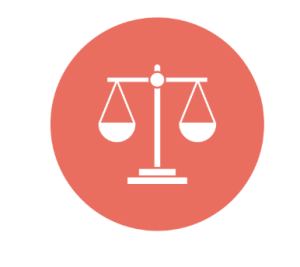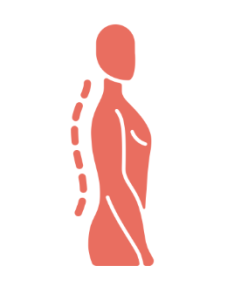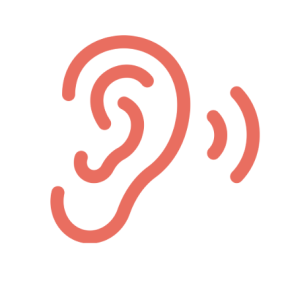4 Energy Conservation
Energy conservation techniques are important for managing fatigue in chronic illness. These strategies can help you save energy so you can complete daily tasks and still perform and enjoy the things you want to do. You can use them in many parts of your life to make things easier and feel less tired. Some examples of how you can incorporate energy conservation strategies into your daily life are listed below.
Balance

- Make sure to balance your time between working on tasks and taking breaks throughout the day
- Pace yourself when performing tasks
Assistive Devices

- Use tools like reachers or long-handled tools to pick up or reach things without bending or stretching
- Tools like electric can openers or lightweight pots and pans make kitchen work simpler and less tiring
Analyze & Modify

- Split the task into smaller, easier steps.
- Find steps that are hard, take a lot of time, or need a lot of energy.
- Think about which steps can be skipped, made simpler, or done differently to save energy and time.
Organization

- Keep your home organized so you don’t waste energy searching for things
- Put items you use often in easy-to-reach places
- Get things like clothes, bags, or meals ready ahead of time to save energy during busy times.
Prioritize

- Decide which tasks are the most important or need to be done first, and list those at the top.
- Plan to do harder tasks when you have the most energy and save easier ones for when you’re feeling tired.
Posture

-
Keep your back straight, relax your shoulders, and make sure your head is in line with your spine
- Bend your knees, not your back when lifting.
- Hold objects close to your body and try not to twist.
- Use slow, steady movements to avoid extra strain.
Communicate

- Let the people around you know which energy-saving techniques work best for you.
- Be sure to tell them when you’re feeling tired or need to take a break
Listen to your body
- Rest when needed, don’t push through fatigue, your body needs recovery time
- Choose low-energy activities on days when you are feeling more fatigue
Here are some examples on how to incorporate these strategies into your everyday tasks…
Bathing tasks
- Set up your shower for comfort
- Sit while you shower. Using a shower chair or bench can help you save energy
- Add grab bars to help steady yourself while entering/exiting the shower
- Use a handheld showerhead
- Make your routine easier
- Take rest breaks as needed
- Shower when you feel your best, like after a meal or rest
- Choose lukewarm water. Hot water can make you feel more tired quicker
- Long-handled brushes or sponges can help make reaching easier to use less energy
-
Prepare
- Keep everything you need close by. Make sure soap, shampoo, and towels are all easy to reach
Cooking Tasks
- Plan ahead
- Prepare early. Chop vegetables or marinate meat when you have more energy.
- Buy pre-cut or frozen items to save time and effort during meal preparation.
- Simplify recipes
- Pick easy meals. One pot dishes or sheet pan meals are good ways to cut down on energy exertion.
- Use time-saving tools such as slow or pressure cookers.
- Take breaks
- Go at your own pace and take breaks as needed.
- Mix it up. Alternate between sitting and standing to stay comfortable.

